
Internships
- Buzz Monkey Software
- Hallie Ford Museum of Art
- Mary Lou Zeek Gallery
- New Lanark Trust
- Oregon Arts Commission
- Oregon State Archives
- Roger W. Rogers Gallery Assistant
- Salem Art Association
- Salem on the Edge
- Salem-Keizer Public Schools
Gain the skills and confidence to turn your imagination into reality. Study Studio Art and discover the many ways art can be used to explore the human experience.
Undergraduate Bachelor of Arts
Major, Minor
124
4 Years
Salem
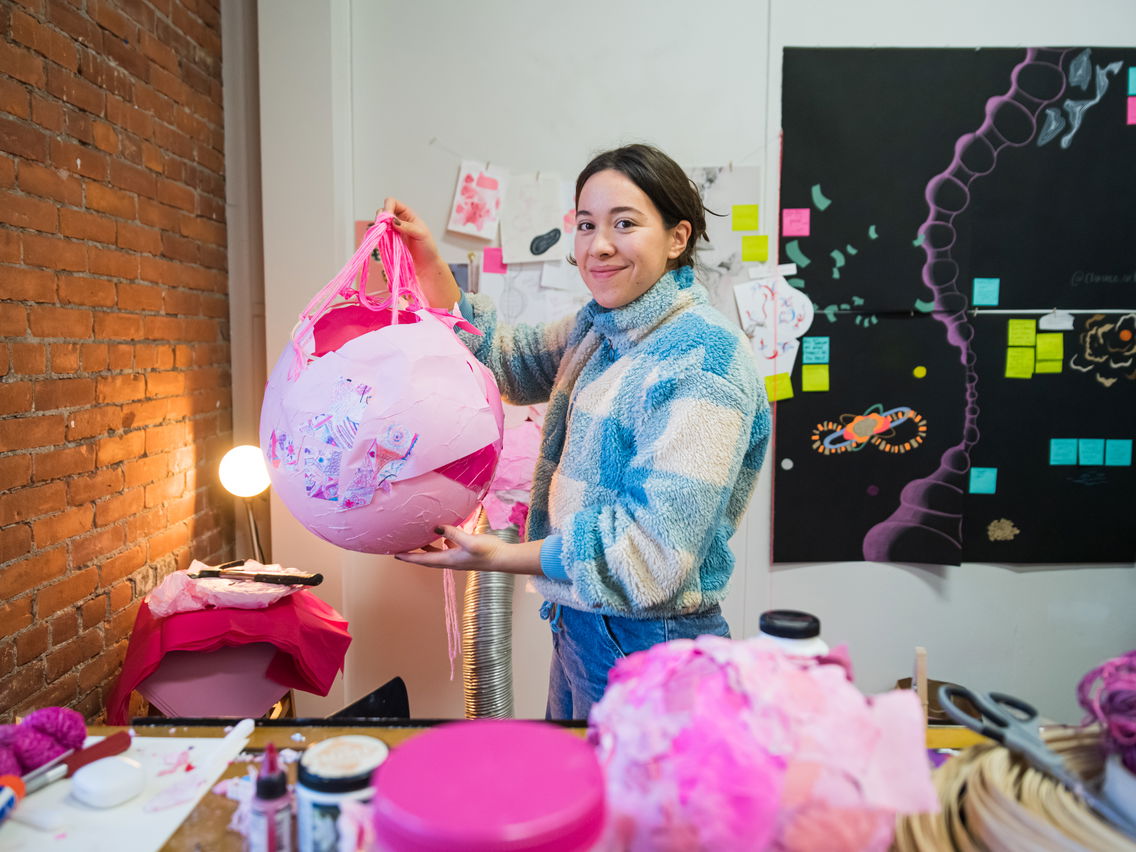
For Marcella Kriebel BA '07, the range of opportunities at Willamette led to a thriving -- and personalized -- creative career. From internships to study abroad to mentorship across academic departments, Marcella's education was characterized by taking advantage of experiences and resources.
Through Willamette's liberal arts approach to education, Marcella developed an interdisciplinary artistic style. As a double major in studio art and anthropology, Marcella's creative portfolio was informed by her internship experience at Hallie Ford Museum of Art and her studies of cultural anthropology.




Curious where this major can take you? These are the real internships, graduate opportunities, and careers our Studio Art students have gone on to.



Studio Art alumni gain the necessary experience to pursue a variety of careers in the visual arts and beyond. Our graduates are thriving as studio artists, teachers, exhibition designers, curators, art critics, architects, and graphic designers.

Willamette grad becomes award-winning game designer and business owner
Rosie Roberson, an Oregon-based software designer, has created nearly 100 games, with several winning awards and a nomination for a Toy and Game Inventor Excellence Award, focusing on fun and family time rather than explicit learning.
Professors in the Studio Art department are working artists. They are painters, sculptors, designers, critics, and creative entrepreneurs making contributions to Oregon’s arts scene. Receive one-on-one mentorship and make connections in the art community.
Alexandra Opie specializes in antique photographic processes and experimental photography. Her innovative courses inspire students to explore unique visual phenomena and develop their creative skills in both traditional and contemporary contexts.
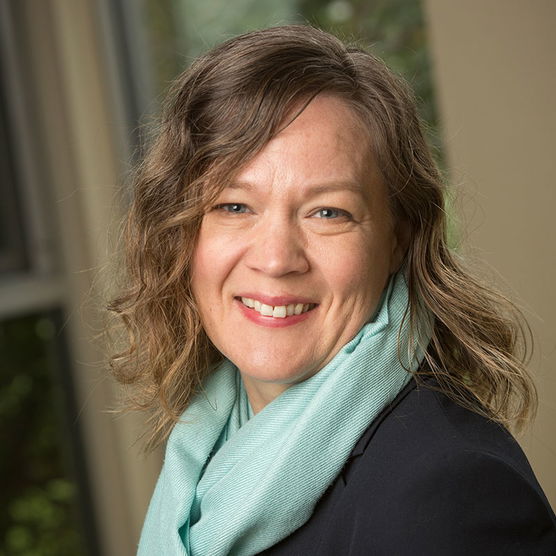
Cayla Skillin-Brauchle emphasizes the power of art to envision and practice meaningful life through her diverse classes. Her extensive international exhibition history and numerous artist residencies demonstrate her commitment to socially and politically engaged art, inspiring students to explore the potential of creative expression.
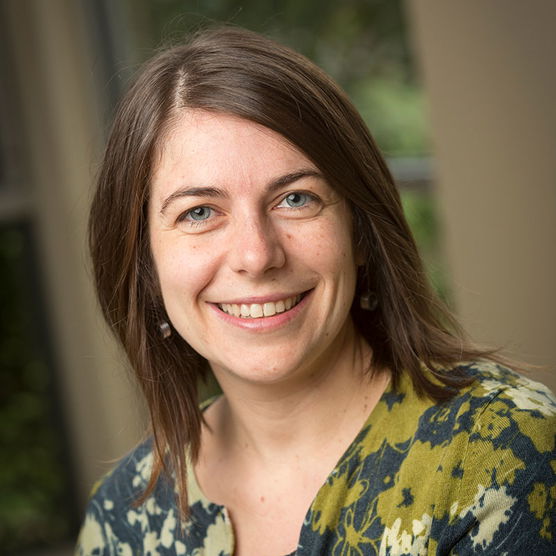
Learn the fundamentals of a variety of fine art mediums from drawing and painting to sculpture, photography, and 4D art. Through independent and collaborative work, you will develop your technical skills and creative practice. Courses in the studio art program will offer you the space, resources, and support to develop and express your point of view.
This course introduces students to art-making processes and strategies that create a dialogue with the greater public. Plan and execute public projects in a variety of media and explore activism, community building, and idea sharing through art.
Explore drawing through traditional and experimental approaches that push the boundaries of the discipline. Students will use strategies such as site-specificity, interdisciplinary work, and digital mixed media to engage with unusual approaches to drawing.
Our Studio Art program requires 44 semester hours to complete the major, with a total of 124 credit hours required to complete the degree.
Students pursuing the Studio Art minor will need to complete 20 semester hours.
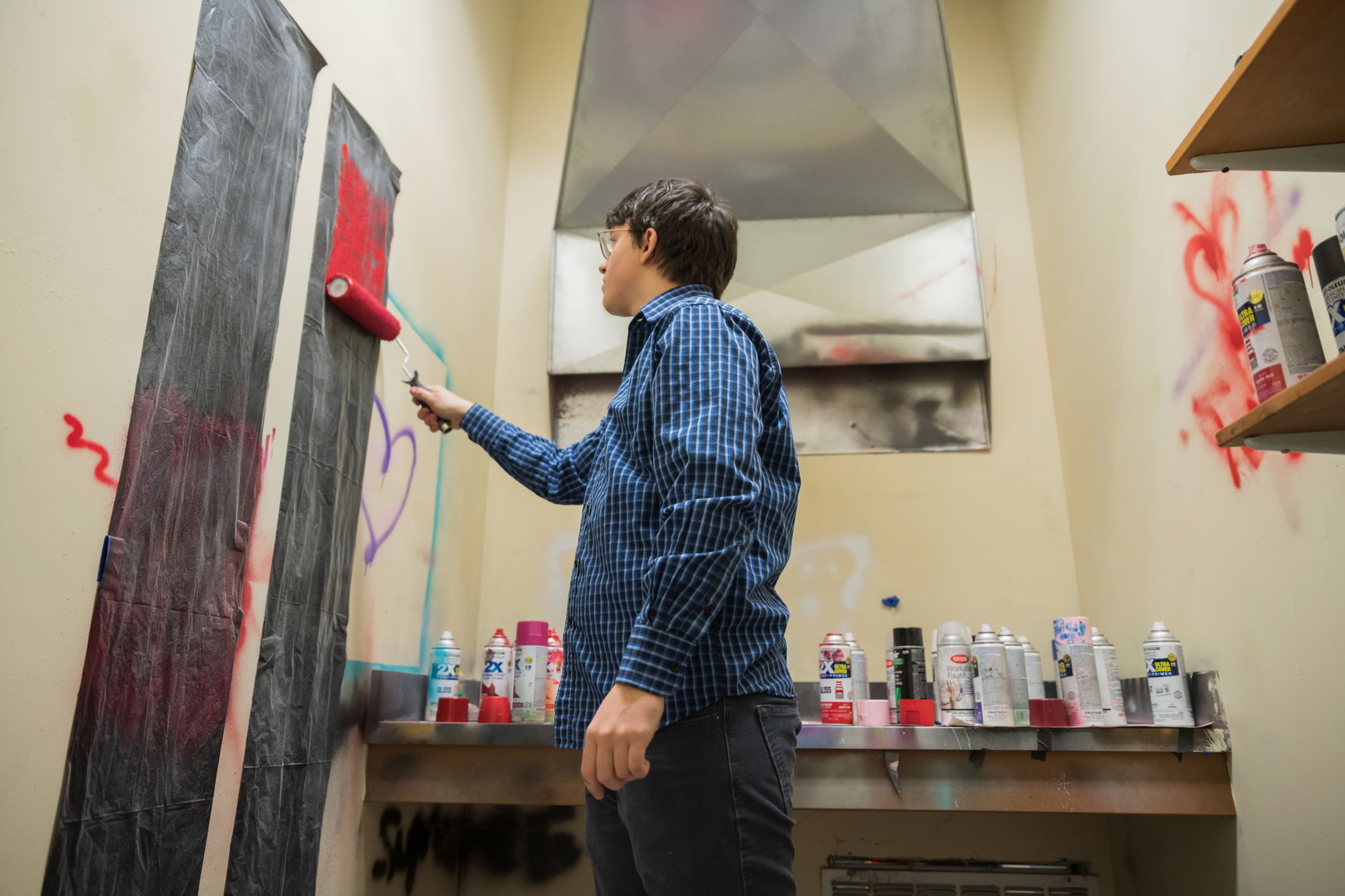
Our Studio Art program is open to first-year students, transfer students, and international students. Learn more about Willamette’s undergraduate admissions process to get started.
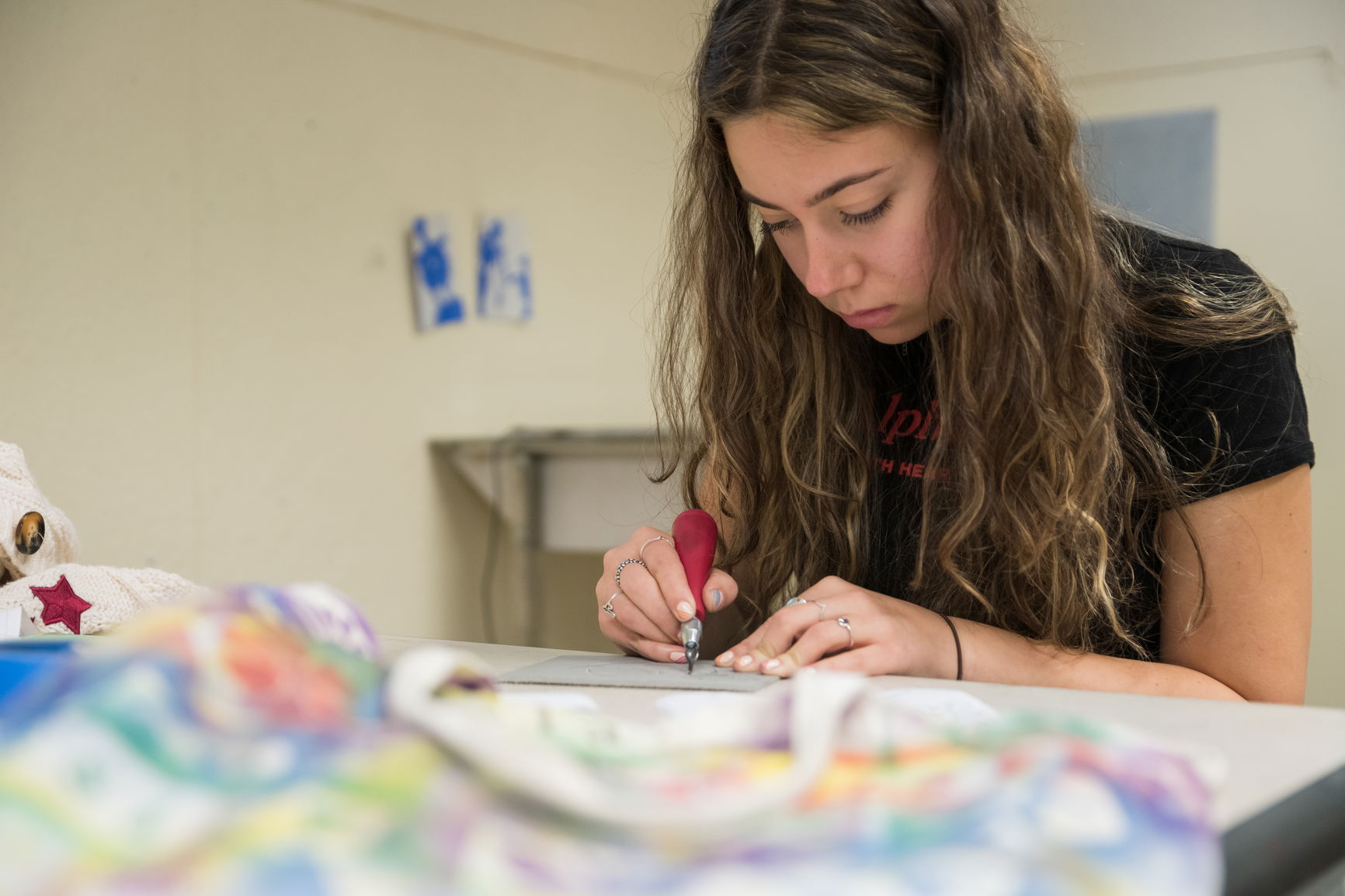
All admitted Art Studio undergraduate students are automatically considered for merit-based scholarships starting at $26,000 per year. Willamette University offers exclusive Art Studio scholarship opportunities on top of a generous financial aid package. Students can be awarded merit scholarships, competitive scholarships, and even scholarships for current students.

Willamette University